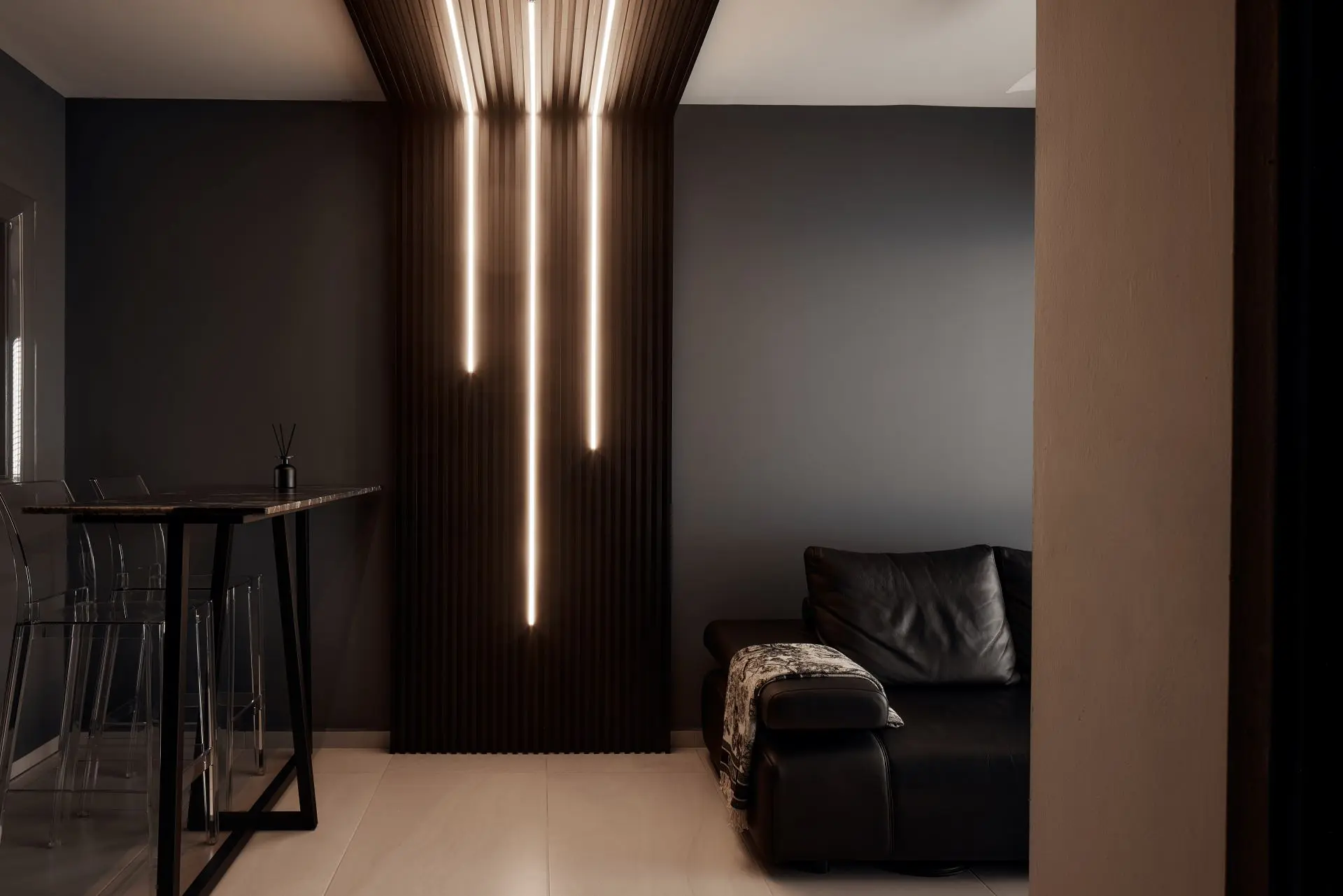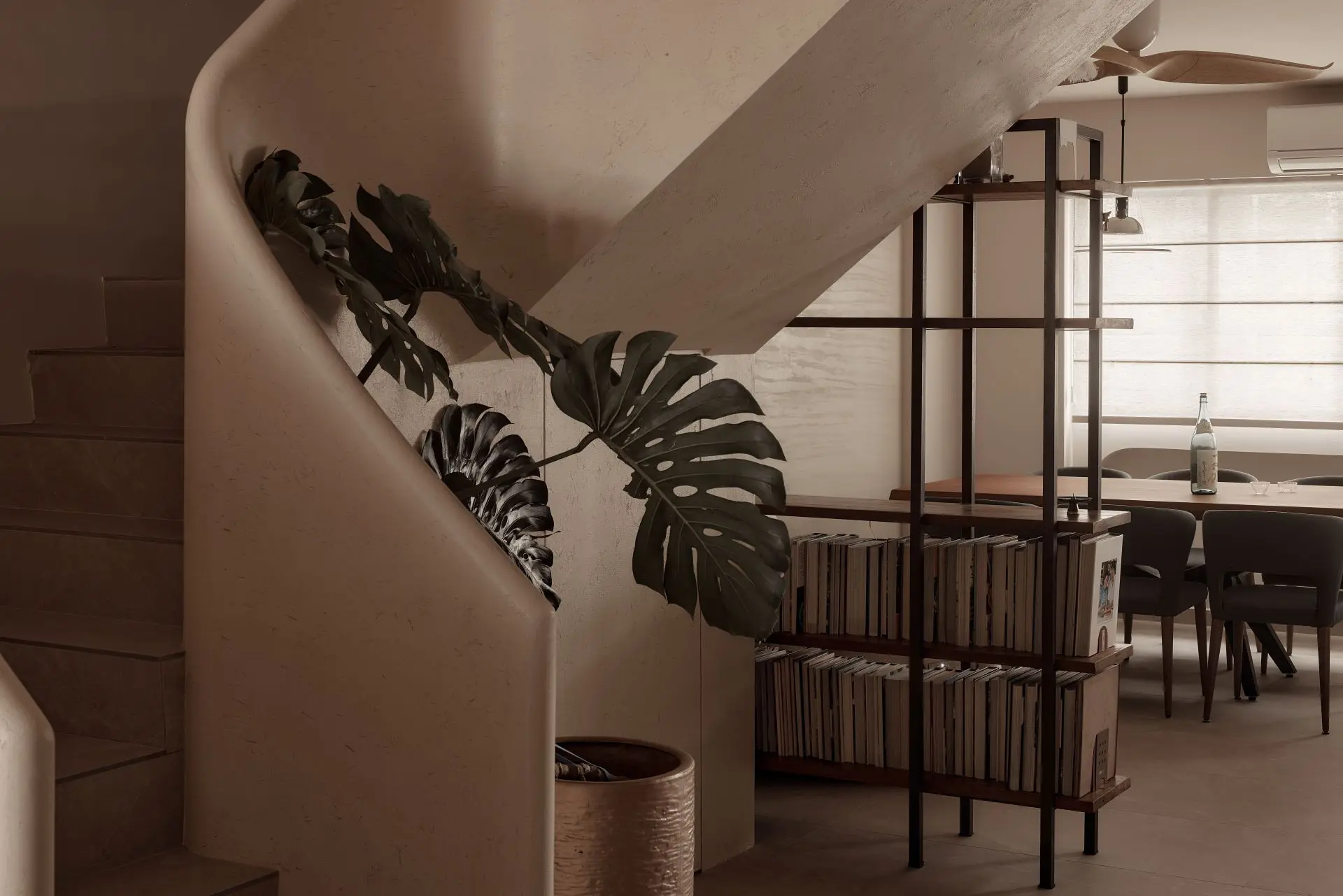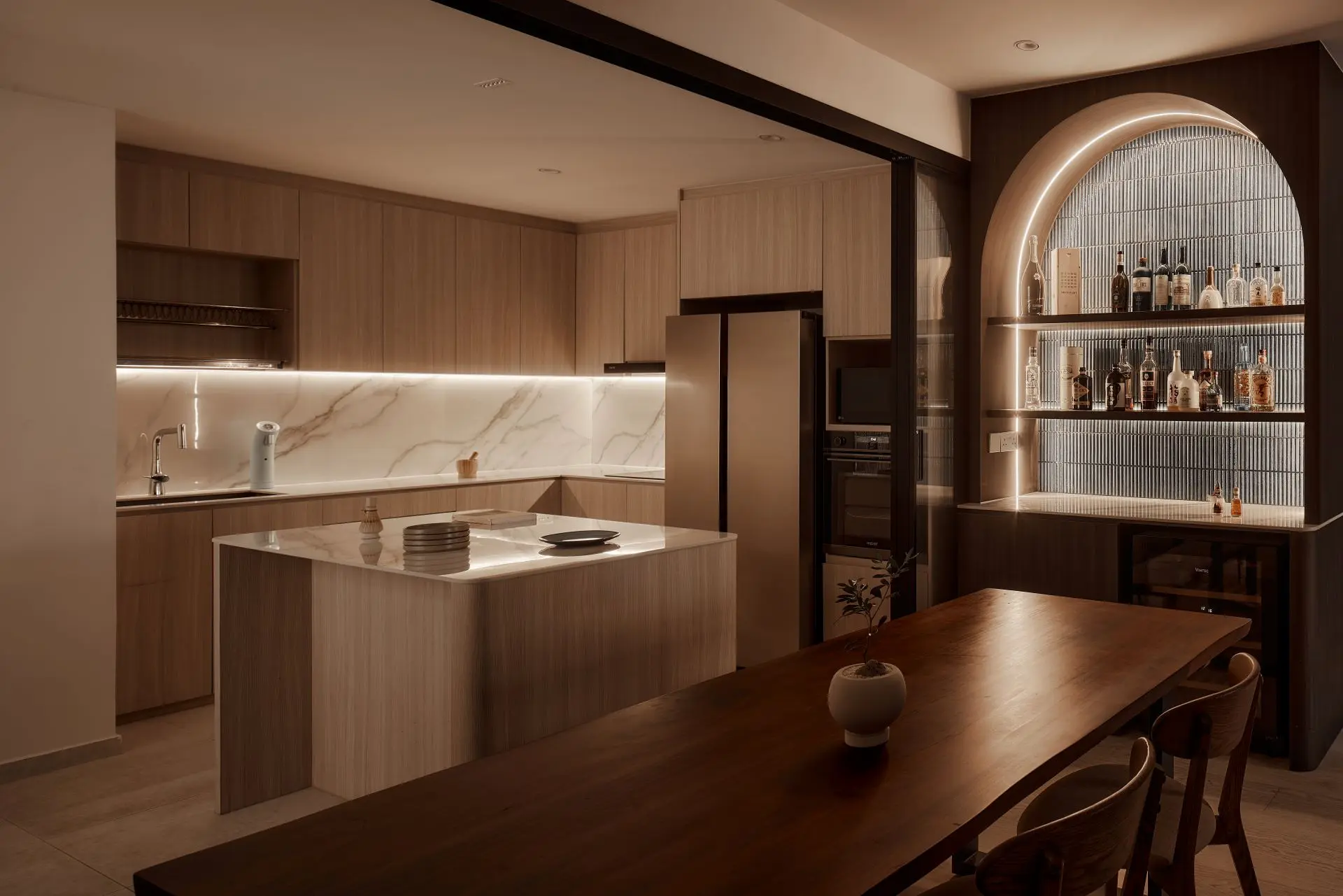Interior design in Singapore is a vibrant and dynamic field that reflects the unique cultural tapestry of the nation. With its rich history and diverse population, Singaporean interior design is characterized by a blend of traditional and contemporary styles. The city-state’s rapid urbanization and limited land space have also influenced how spaces are designed and utilized.
As a result, interior design in Singapore is not just about aesthetics; it is also about functionality, comfort, and creating environments that enhance the quality of life for its residents. In recent years, the demand for innovative interior design solutions has surged, driven by a growing awareness of the importance of well-designed spaces. Homeowners and businesses alike are increasingly seeking to create environments that are not only visually appealing but also conducive to productivity and well-being.
This has led to a rise in the popularity of personalized design approaches that cater to individual preferences and lifestyles. As such, understanding the nuances of interior design in Singapore is essential for anyone looking to create a space that resonates with their identity and meets their practical needs.
Key Takeaways
- Interior design in Singapore is influenced by a mix of cultures, resulting in a unique and diverse design aesthetic.
- Cultural influences in Singaporean interior design can be incorporated through the use of traditional patterns, materials, and artwork.
- Utilizing space efficiently is crucial in small Singaporean homes, and can be achieved through smart storage solutions and multifunctional furniture.
- Choosing the right colors and textures for Singaporean interiors involves considering the climate and natural light, and opting for light, airy colors and natural materials.
- Sustainable and eco-friendly design practices are increasingly popular in Singapore, with a focus on energy efficiency and using environmentally friendly materials.
Incorporating Cultural Influences in Interior Design
Cultural Elements in Modern Spaces
For instance, traditional Peranakan tiles can be used as statement pieces in contemporary kitchens or bathrooms, adding a touch of history to modern aesthetics.
Functionality Inspired by Culture
Moreover, cultural influences extend beyond mere aesthetics; they can also inform the functionality of spaces. For example, the concept of “open living” prevalent in many Asian cultures encourages communal living and interaction among family members.
Creating Meaningful Environments
This can be reflected in the design of living areas that promote socialization, such as open-plan layouts that seamlessly connect the kitchen, dining, and living spaces. By thoughtfully integrating cultural elements into interior design, individuals can create environments that are not only beautiful but also meaningful and reflective of their personal stories.
Utilizing Space Efficiently in Small Singaporean Homes
With land at a premium in Singapore, many residents find themselves living in compact apartments or homes. This necessitates a keen focus on space efficiency in interior design. Clever storage solutions, multifunctional furniture, and strategic layout planning are essential components of maximizing limited space.
For instance, incorporating built-in shelving or under-bed storage can help keep clutter at bay while maintaining a clean and organized environment. Additionally, the use of mirrors can create an illusion of depth and openness in small spaces. By strategically placing mirrors to reflect light and views, designers can make a room feel larger and more inviting.
Open shelving can also serve as both storage and display, allowing homeowners to showcase their favorite items while keeping them easily accessible. Ultimately, efficient space utilization is about creating a harmonious balance between functionality and aesthetics, ensuring that every square foot serves a purpose while still feeling welcoming.
Choosing the Right Colors and Textures for Singaporean Interiors
| Aspect | Details |
|---|---|
| Popular Colors | Neutral tones such as beige, off-white, and light grey are popular choices for Singaporean interiors. |
| Accent Colors | Soft pastel colors like mint green, baby blue, and blush pink are often used as accent colors to add a touch of warmth. |
| Texture Preferences | Textured materials such as rattan, wood, and linen are favored for adding depth and visual interest to interiors. |
| Lighting Considerations | Natural light is maximized through the use of sheer curtains and strategically placed mirrors to create a bright and airy atmosphere. |
| Popular Patterns | Geometric patterns and floral prints are commonly used to add a touch of personality to Singaporean interiors. |
Color and texture play pivotal roles in shaping the ambiance of any interior space. In Singapore, where the climate is predominantly warm and humid, choosing the right colors can significantly impact how a space feels. Lighter shades such as whites, creams, and pastels can help create a sense of airiness and tranquility, making them ideal for smaller homes.
These colors reflect natural light, enhancing the overall brightness of a room. Textures also contribute to the tactile experience of a space. Incorporating a variety of textures—such as soft fabrics, smooth surfaces, and natural materials—can add depth and interest to interiors.
For example, pairing sleek wooden furniture with plush textiles can create a cozy yet sophisticated atmosphere. Additionally, incorporating greenery through indoor plants can introduce natural textures that soften hard surfaces and bring life into the home. By thoughtfully selecting colors and textures, homeowners can craft interiors that are not only visually appealing but also comfortable and inviting.
Incorporating Sustainable and Eco-Friendly Design Practices
As global awareness of environmental issues grows, so does the importance of sustainable interior design practices in Singapore. Homeowners are increasingly seeking ways to reduce their ecological footprint while creating beautiful spaces. This can be achieved through various means, such as selecting eco-friendly materials, utilizing energy-efficient appliances, and incorporating sustainable practices into the design process.
For instance, using reclaimed wood for furniture or flooring not only adds character to a space but also minimizes waste by repurposing materials. Additionally, opting for low-VOC (volatile organic compounds) paints and finishes can improve indoor air quality while reducing harmful emissions. Incorporating energy-efficient lighting solutions such as LED bulbs can further enhance sustainability efforts by lowering energy consumption.
By embracing eco-friendly design practices, individuals can create interiors that are not only stylish but also contribute positively to the environment.
Embracing Modern and Minimalist Design in Singapore
Modern and minimalist design philosophies have gained significant traction in Singapore’s interior design landscape. Characterized by clean lines, uncluttered spaces, and a focus on functionality, this approach resonates with many homeowners seeking simplicity amidst the hustle and bustle of urban life. Minimalism encourages individuals to prioritize quality over quantity, leading to thoughtfully curated spaces that reflect personal style without overwhelming the senses.
Incorporating modern design elements often involves using a neutral color palette combined with bold accents to create visual interest. Furniture pieces are typically streamlined and functional, serving multiple purposes without compromising on style. Additionally, open spaces are emphasized to foster a sense of freedom and tranquility within the home.
By embracing modern and minimalist design principles, homeowners can cultivate serene environments that promote relaxation and mindfulness.
Incorporating Feng Shui Principles in Interior Design
Feng Shui is an ancient Chinese practice that emphasizes harmony between individuals and their environment. In Singapore, many homeowners incorporate Feng Shui principles into their interior design to create spaces that promote positive energy flow and well-being. This practice involves careful consideration of layout, color choices, and the placement of furniture to achieve balance and harmony within a space.
For instance, positioning furniture to allow for easy movement can enhance the flow of energy throughout a room. Additionally, incorporating natural elements such as plants or water features can further promote tranquility and balance. Color choices also play a significant role in Feng Shui; for example, warm colors are believed to foster comfort and connection while cooler tones promote calmness.
By integrating Feng Shui principles into interior design, individuals can create environments that not only look good but also feel good.
Working with Professional Interior Designers in Singapore
Engaging with professional interior designers can be invaluable for those looking to transform their spaces effectively. These experts bring a wealth of knowledge and experience to the table, helping clients navigate the complexities of design while ensuring that their vision is realized. In Singapore’s competitive market, working with a designer can provide access to resources, materials, and insights that may not be readily available to the average homeowner.
Professional designers take the time to understand their clients’ needs, preferences, and lifestyles before crafting tailored solutions that reflect their unique identities. They also stay abreast of current trends and innovations in the industry, ensuring that designs are not only aesthetically pleasing but also functional and sustainable. By collaborating with an interior designer in Singapore, individuals can achieve cohesive designs that enhance their living or working environments while saving time and effort in the process.
In conclusion, interior design in Singapore is an intricate blend of culture, functionality, sustainability, and personal expression. By understanding the various elements that contribute to effective design—such as cultural influences, space utilization, color choices, sustainability practices, modern aesthetics, Feng Shui principles, and professional guidance—homeowners can create spaces that truly resonate with their identities while enhancing their quality of life. Whether embarking on a new project or simply seeking inspiration for a refresh, embracing these principles will lead to beautifully designed interiors that stand the test of time.
If you are looking to elevate your home style with contemporary interior design, you should check out The Ultimate Guide to Contemporary Interior Design from IS Design Studio. This article provides valuable insights and tips on how to achieve a modern and stylish look for your living space. Additionally, if you are curious about the fundamentals of interior design, you can read What is Interior Design to gain a better understanding of the principles and concepts behind creating beautiful and functional spaces. For more design inspiration and ideas, IS Design Studio offers a variety of resources on their website, including IS Design Inspiration.








